
Did you know that EdTech isn’t just a trend but actually one of the oldest ‘new’ fields out there? The concept of using technology in education dates back to the 1920s, when Sidney Pressey, an American psychologist, invented a ‘teaching machine’ that aimed to quiz students and help them learn through repetition.
Fast forward a century, and now we’re talking AI-driven platforms, virtual classrooms, and interactive apps. The industry has grown significantly and is expected to reach $404 billion by 2025 (HolonIQ).
Digital learning is advancing at lightning speed, and building a cool tool isn’t enough to get you noticed. Your content marketing strategy should connect directly with educators, students, and parents. In this blog, we’ll look at 10 strategies that help EdTech brands connect meaningfully and make a lasting impression.
When you're creating content for EdTech, it’s important to know who you're talking to. That means understanding the different people who will engage with your product. In digital learning, the main groups you’ll focus on are teachers, students, administrators, and lifelong learners.
Each of these groups has their own unique needs and interests. To make sure your message reaches them effectively, you need to personalize your content specifically for them.
Creating personas is all about understanding your audience better. Breaking down your audience personas helps you create content that directly addresses their challenges, goals, and preferences. This way, you’re not just throwing generic messages out there; you’re giving each group exactly what they need.
Research shows that companies who personalize their content based on audience personas see a higher conversion rate (HubSpot).

Let’s break down the process of developing these personas in a way that’s easy to follow and understand:
1. Identify Your Audience Groups
Start by figuring out who your key audience groups are. In digital learning platforms, these will usually be:
2. Collect Data
You can’t create personas based on guesswork. Here’s how you gather real insights:
3. Create Persona Profiles
Now that you have your data, it's time to build out these personas. For each group, give them a name and think about key details:
Teachers: Let’s say “Mr. John,” a middle school math teacher, needs tools that can help him track student progress and align with state standards.
Or another persona could be “Ms. Sarah,” a high school science teacher who values tools that offer real-time analytics, helping her personalize lessons to individual student needs.
Using data-driven content marketing is one of the smartest strategies you can adopt in EdTech marketing. It’s all about understanding your audience's behaviors, preferences, and pain points and then using that data to create content that directly addresses their needs. Sounds like a no-brainer, right?
However, many companies still overlook the power of analytics, missing out on opportunities to connect more effectively with their target groups.
When you use data analytics, you’re not just guessing what your audience might want—you’re making informed decisions based on real insights. Tools like Google Analytics give you a clear picture of what’s working and what’s not.
You can track which topics, posts, or resources are getting the most engagement so you know exactly where to focus your efforts.
For example, if you notice that blog posts on online learning tools are getting lots of clicks, you can create more content around that topic. Or, if your social media posts featuring success stories from students are getting tons of likes and shares, you can feature more testimonials and real-life stories.
The more data you gather, the more personalized your content marketing can be. With data, you can create content that speaks directly to the specific interests of your audience segments.
For example, if you know a certain group of students who are highly interested in coding, you can develop a series of tutorials or resources that cater specifically to that interest. This makes your content much more engaging because it feels like you’re talking directly to them.
Blogging remains one of the most effective and affordable ways for EdTech companies to establish authority and boost engagement through content marketing. Businesses that invest in regular, high-quality blog content tend to generate significantly more leads than those without a blogging strategy. In fact, businesses with blogs report generating 67% more leads than those that don’t.
Also, addressing your audience’s specific pain points in blog posts boosts engagement and can attract more organic traffic.
Including SEO-focused keywords such as “online learning” or “digital learning solutions” increases the chances of reaching those actively searching for similar content.
If you're not sure who to turn to for quality content, try Lexiconn. We help create engaging, SEO-optimized blog posts that connect with your audience and boost your EdTech brand’s visibility.
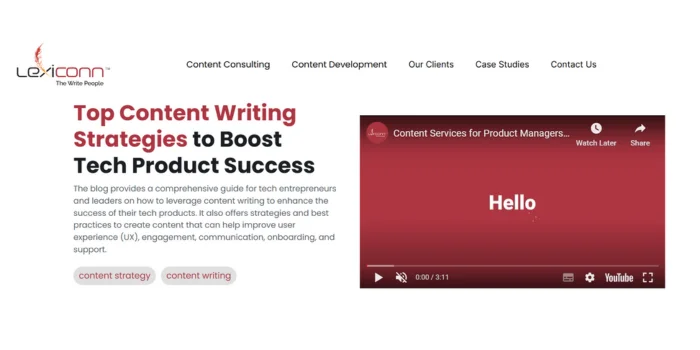
When creating blog posts for a digital learning audience, it's important to focus on the topics that matter most to your readers. Popular subjects include:
Blogging attracts visitors and converts them into leads and customers. By offering downloadable resources, free trials, or newsletter signups, you provide clear calls to action that guide your audience to take the next step.
Plus, blog posts stay accessible online, allowing people to find your content anytime. With occasional updates, your blog remains a valuable lead-generation tool for years.
SEO isn't just about making your website rank higher—it's about ensuring the right people find your content. With the right SEO strategy in your content marketing strategy, your content can appear higher in search results, driving more organic traffic to your website. But how exactly does this work for the EdTech space?
First, it's important to identify the right keywords. Terms like “virtual learning tools for high school,” “online course platforms,” or “digital classroom tools” might be highly searched. Optimize your content with these keywords to make it easier for search engines to connect your content with the right audience.
According to Brightedge, around 68% of online interactions begin with a search engine. Greater visibility through search results
Here are some practical steps to get started with SEO:
SEO is a long-term investment, but it can yield huge returns. SEO efforts can increase visibility, and once you start ranking for relevant keywords, you’ll see a steady flow of visitors without having to spend money on paid ads.
Try Lexiconn and crack the game with its expert SEO writing, driving traffic and increasing your brand’s online presence.

Social media is a potent content marketing tool for EdTech companies to connect with their target audience. According to EMB Global, 70% of edtech companies use social media as part of their marketing. These platforms give your brand visibility and help you build meaningful relationships with your audience.
Social media is a great way to meet your audience where they are. Educators, students, and administrators spend a significant amount of time on these platforms, making it a prime opportunity to catch their attention. Respond to comments, share insights, and create interactive content to build trust and authority and also drive more leads.
EdTech brands can maximize social media by sharing customer success stories, product demos, educational videos, industry insights, and interactive polls to engage educators and highlight how their tools enhance learning.
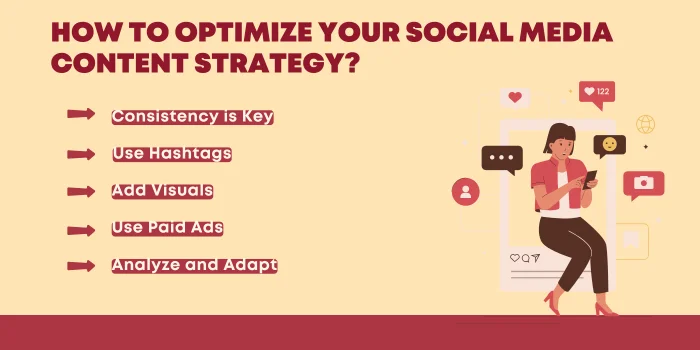
Here are a few tips to make sure your social media content is both effective and efficient:
Establishing your brand as a thought leader builds trust and credibility. When you publish insightful research, whitepapers, guest posts, live Q&As, case studies, or even host webinars, you’re not just showcasing your product—you’re demonstrating expertise and a genuine commitment to improving the education space.
Instead of pushing products, you’re sharing knowledge, solving problems, and offering solutions that add real value to your audience. People view your brand as more trustworthy and competent when you provide valuable insights or cutting-edge research.
This content is often shared within the industry, extending your reach without relying heavily on paid ads. It also helps differentiate your brand in the competitive EdTech space by positioning it as a trusted source of knowledge rather than just a product provider.
```Identifying relevant and impactful thought leadership topics for your content marketing strategy requires a proactive approach. By keeping up with industry trends and interacting with your audience, you can identify areas where your expertise can provide valuable insights.
Here are a few ways to find those topics:
Want to boost sales and build thought leadership through content marketing? Lexiconn can create content that establishes your brand as an authority and attracts customers.
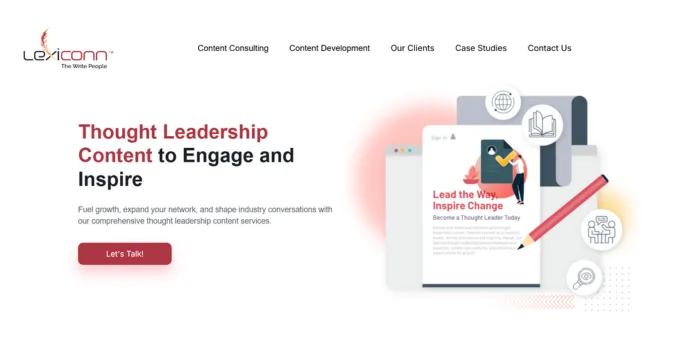
Email marketing is one of the most cost-effective content marketing strategies for generating a high return on investment (ROI). It remains a powerful tool for EdTech companies to stay connected with their users.
By targeting specific personas with relevant and personalized content, you can ensure your messages are well-received and generate high engagement rates. With a return of $36 for every dollar spent, email marketing is a powerful tool for EdTech marketing. So, how can you create emails that deliver results?
To know if your email marketing strategy is working, you need to track key metrics, including:
Get excellent email copy written and personalized for your target audience group with the help of Lexiconn!
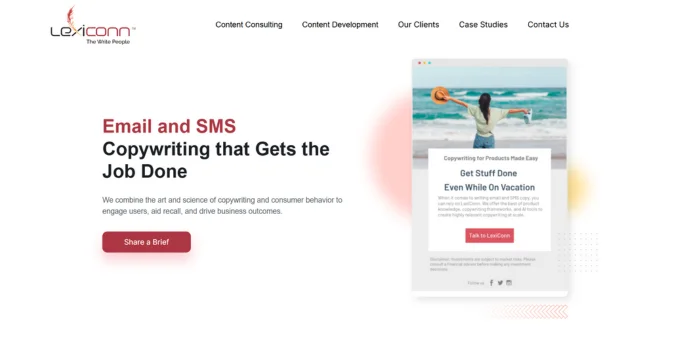
Hosting webinars and virtual events is a great way for EdTech companies to connect with potential customers. These events allow you to demonstrate your product in action, answer questions, and show how your solution can address their specific challenges.
Focus on topics that are relevant to your audience’s needs, as this will help you offer real value and practical solutions. 85% of marketers who incorporate webinars into their strategy consider them a crucial component of their marketing efforts.
For effective webinars,
Influencer marketing has gained immense traction in the digital learning space. By partnering with educators, thought leaders, and consultants who have significant social media followings, EdTech companies can reach broader audiences and build credibility quickly.
This strategy involves working with individuals who already have the trust and attention of your target audience—such as popular educational YouTubers, bloggers, or even well-known education influencers on platforms like Instagram or LinkedIn.
In 2024, 60% of marketers intend to increase their spending on influencer marketing, making this an effective way to enhance your brand’s credibility and reach a highly engaged audience. Additionally, influencers often create content that feels more authentic and genuine, which connects with their followers compared to traditional ads or sales pitches.
When it comes to convincing potential customers, case studies and testimonials are some of the most effective tools in your EdTech marketing toolkit. They are real-life proof that your product works and makes a difference. You can provide concrete evidence that connects with your audience by showcasing success stories of schools, educators, or institutions using your solution to solve specific challenges.
Case studies and testimonials are vital for building trust and credibility. Studies show that products with five or more reviews are 270% more likely to be purchased than products with no reviews. Additionally, businesses using case studies report higher conversion rates and better-qualified leads. Positive reviews encourage people to spend 31% more.
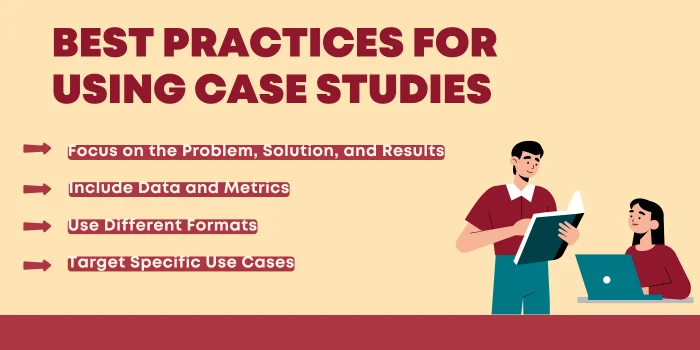
If you need help with your content, Lexiconn is here for you. We create clear, engaging, and effective content that fits your needs. Your digital learning brand can move faster and farther with the right content strategy. At Lexiconn, we craft content that drives results, helps you stand out, and connects you with your audience.
Ready to take your EdTech to the next level? Book a free pilot with us today, and let's get started! Check out our free ebook to transform your content strategy with our expertly crafted templates.



I have read and accept the Privacy Policy
Read More